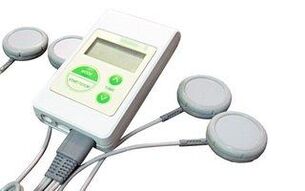
Hypertension (hypertension) – what is it?
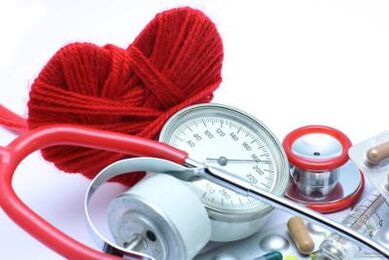
- Primary (or essential, i. e. of unknown cause) - characterized by an increase in blood pressure for no apparent reason;
- Secondary (symptomatic) - The cause of the increase in blood pressure is related to any internal organ (liver, kidneys, lungs, brain, endocrine glands).
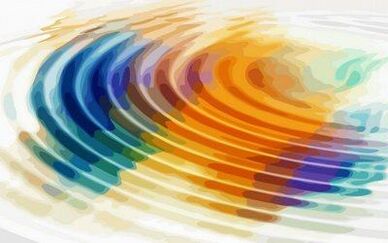
High blood pressure and high blood pressure – what’s the difference?
Complications and consequences of high blood pressure
- The blood vessel wall thickens and its elasticity decreases;
- Permanent narrowing of arteriolar lumen;
- Thickening of the heart muscle (heart muscle);
- Due to high blood flow velocity, the damage to the blood vessel wall is aggravated, and atherosclerotic plaques form at the damaged site.
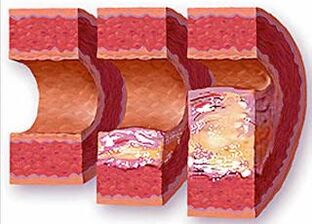
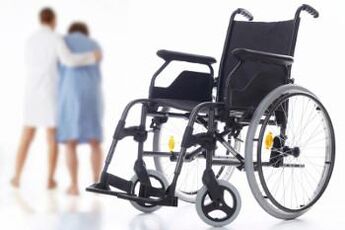
Can having high blood pressure cause disability?
Conditions and causes of high blood pressure
Insufficient kidney function
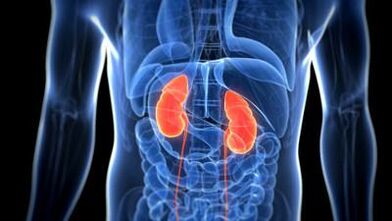
Impaired blood supply to the brain
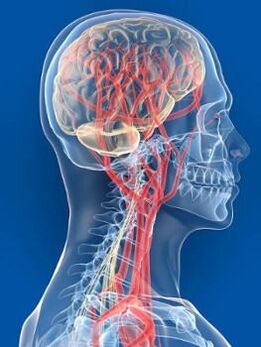
eating disorder
hormone imbalance
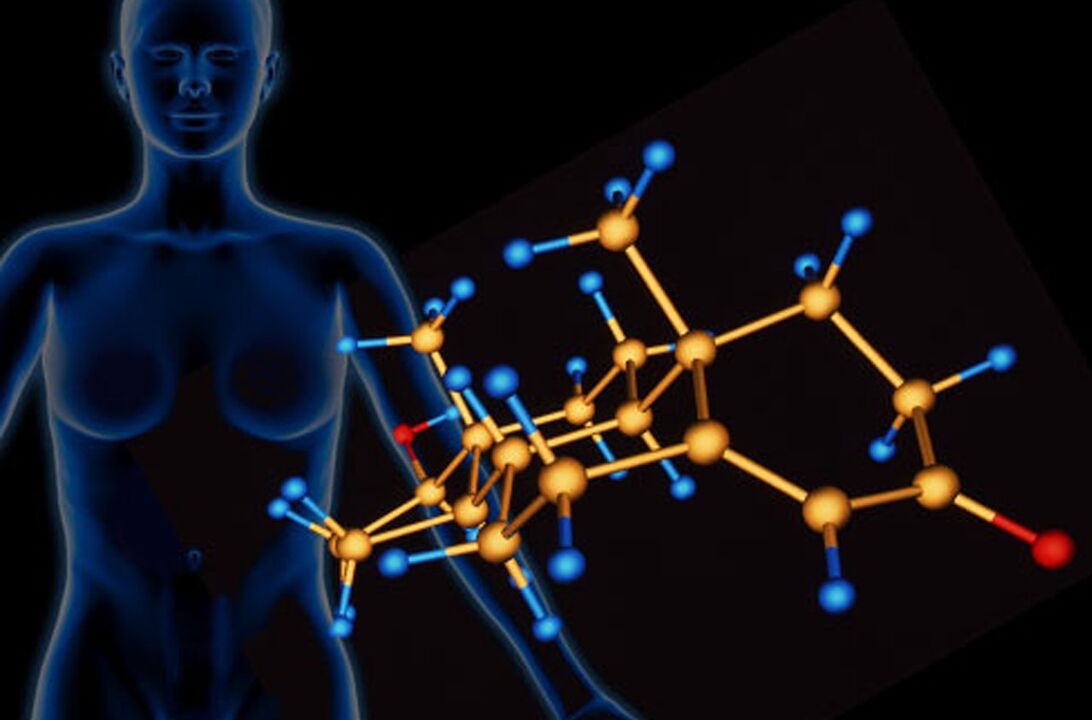

psychosomatics
age characteristics
Phonics are a modern and effective non-pharmacological approach to the treatment and prevention of high blood pressure
